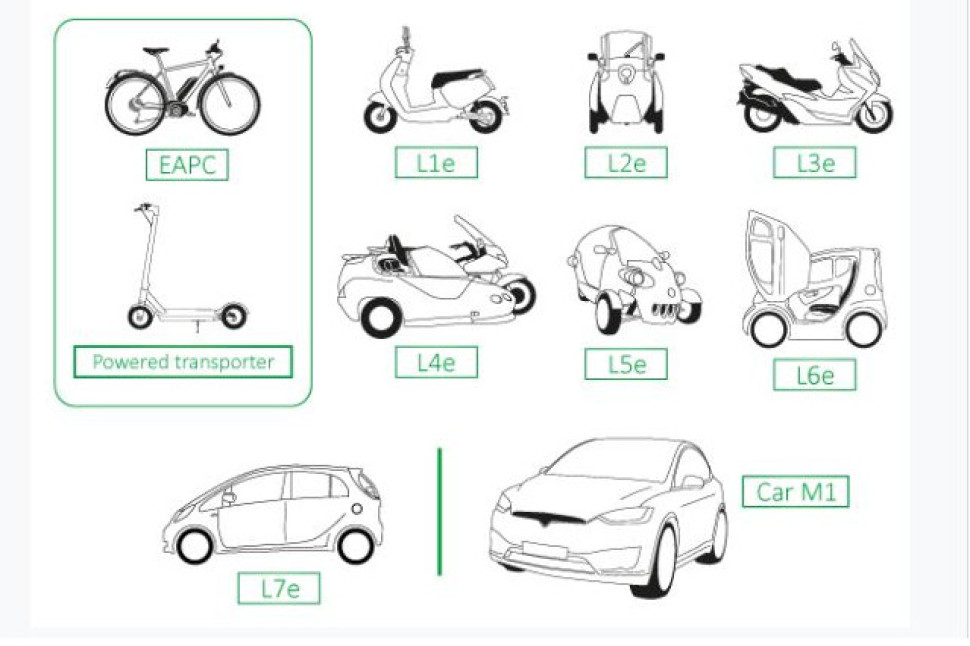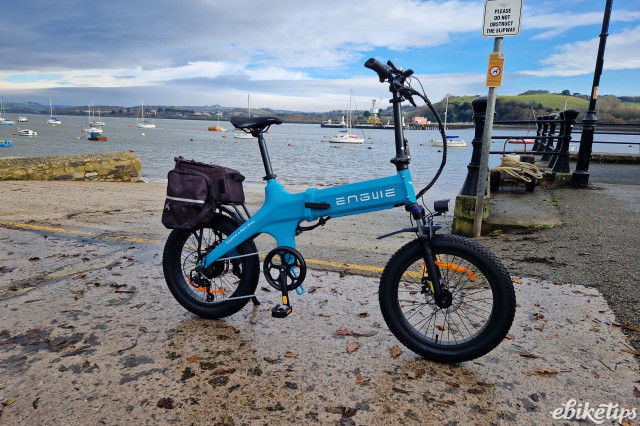The UK's main motorbike industry lobbying group, the Motorcycle Industry Association (MCIA), has launched ‘A Licence to Net Zero’ - a campaign to 'improve access to mopeds, motorcycles and other L-Category vehicles'. The most eyecatching proposal is for the creation of a new legal category of light electric vehicle that would see 14-year-olds allowed to ride e-scooters and light electric mopeds, with the latter capable of speeds up to 21.75mph (35km/h) under electric power.
Such a move would bring the UK more into line with some EU countries where younger riders are allowed a provisional licence to ride some lowered powered vehicles on public roads.
What are L-Category vehicles exactly? L-Category vehicles are simply a legal designation for powered light vehicles, including mopeds, motorcycles, powered tricycles and microcars. We have featured numerous examples of them in their electric forms and produced a handy overview of exactly what light electric vehicle types you can currently ride in the UK.
The MCIA are clearly big fans, arguing: "They offer affordable and versatile solutions to contemporary transportation challenges, including reducing emissions and congestion and provide affordable and accessible modes of transport..."
The proposals are also endorsed by rider representative group, the National Motorcyclists Council (NMC), and zero-emission advocates Zemo Partnership. MCIA say, "the launch represents a significant step forward in the delivery of the joint industry and Government Action Plan for L-Category vehicles, launched in February 2022."
More detail
MCIA want earlier access to L-Category vehicles, with two types of vehicle in particular opened up to public use (and especially for the young) - the electric light moped and what they call the e-step scooter (e-scooters to regular readers of ebiketips).
Both would fall under an 'L0' designation that MCIA say is designed to cater for "new lightweight mobility solutions".
E-scooters would be registered and would have to adhere to a maximum continuous power of 250W and a maximum peak power of 500W. Users would be required to hold a licence and insurance and undergo basic scooter training with mandatory use of a cycle helmet.
MCIA don't appear to suggest a speed limit for legalised e-scooters. As widely reported on ebiketips, government delay on bringing forward promised e-scooter legislation is a source of much frustration within the e-scooter industry.
Electric light mopeds would fall into a new L1-CA Category that would, "provide a viable transport alternative for young people currently reliant on less environmentally friendly forms of transport (older cars being driven by parents and/or affordable older cars etc)."
Electric light mopeds would need to be registered and adhere to a maximum continuous power of 1kW and a maximum peak power of 1.5kW, with speed limited to 21.75mph/35km/h.
Users would need to hold a licence and insurance and pass a theory test and CBT with mandatory use of a motorcycle helmet. The argument is that age of access for a new electric light moped should be brought into line with e-bikes, which is to say 14 and over.
Reform the testing regime and trigger a green transport revolution
MCIA believes the above vehicles' introduction would go hand in hand with a more 'stepped' approach to testing and licencing whereby all riders would find it easier to get tested and ride the whole gamut of light electric vehicles and there's plenty more detail on that angle in the MCIA's detailed PDF document.
MCIA clearly acknowledge the poor safety record of 'L' category vehicles on the UK's roads today and they quote the statistic that they represent just 1% of the overall traffic mix, yet account for 20% of all fatalities.
It's clear the campaign sees the solution in promoting more, easier and safer access to light electric vehicles so that they become a major part of the transport mix. It's clearly hoped that greater safety can be achieved through 'critical mass' (rather as has happened with cycling in the Netherlands over the last half century) alongside physical and legal measures to make the UK's streets safer. The hope is that this would then enable decarbonisation and the age of Net Zero to be ushered in more quickly.








